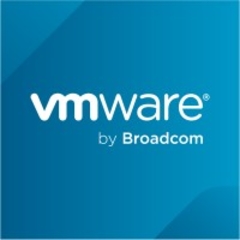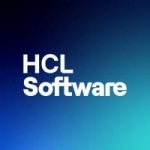I use the solution in my company for the virtualization of our environment.
The product's high price is an area of concern where improvements are required.
I have been using vCenter Configuration Manager for a year.
Stability-wise, I rate the solution a ten out of ten.
It is a very scalable solution since it allows users to add a few more nodes and have all the detections.
Around 500 people in my company use the product. My company manages 90,00,000 endpoints of our clients who use the product.
The product's initial setup phase is straightforward.
For the deployment, I followed some of the same procedures that I had followed for Cisco since my company had to seek help from a third party from our country, which is Egypt. The deployment was done in a day.
The solution is deployed on an on-premises model.
The technical team for the product's deployment consists of managers, developers, and some end users.
I haven't faced any challenges with the implementation of the product since it is very simple and straightforward.
My company had implemented the solution with the help of a third party.
My company chose vCenter Configuration Manager since it offers the easiest configurations and management. My company took a few VMware courses. One needs to take the courses to understand and handle VMware and to know how to use it.
I would use vCenter Configuration Manager for patch management across our company's virtual infrastructure by creating virtual machines for my workloads, VM servers, Linux, and to deal with other such related areas.
A project or scenario where the solution improved the compliance part was related to the fact that it was meant for Oracle DB, and now our company uses it for SAP-based implementations.
The most valuable aspect of the tool for maintaining the system security posture in our company stems from the fact that the virtualization offered by the product is very flexible. For any other products, the virtualization offered by vCenter Configuration Manager is flexible. I think it is a very good solution. With the tool, I haven't faced any issues or had to do any troubleshooting until now.
The automation and configuration management tasks by the solution have impacted our company's team's productivity since automation is a very important issue for our organization. My company uses Dell VxRail, which is a very huge solution for us. My company uses VMware vSphere vMotion and some other features from VMware. Suppose the product is down or my company has to deal with some troubleshooting. In that case, we can transfer all our VMs to other nodes without thinking, especially since it can be done through automation and not by any human intervention.
The scalability feature of the product is very good in supporting our company's growing IT environment since I haven't faced issues with the product, especially since I always get help from technical support, who responds right away to any problems attached to the solution. Once a ticket is opened with the technical support team, you get a response in six or seven minutes. If a tech support person is unable to handle an issue, then they try to find an experienced and professional IT person in-house to help the customer.
I recommend the product to others who plan to use it since it is a good solution.
There are many benefits to the use of the product since my company uses it in several environments.
I rate the tool a ten out of ten.










